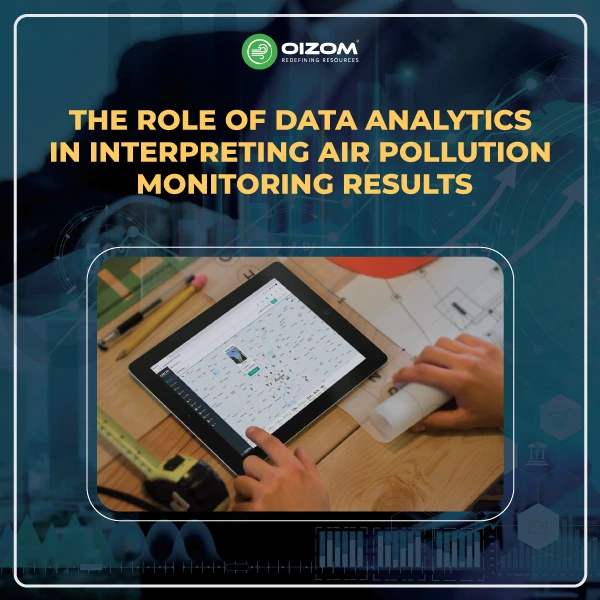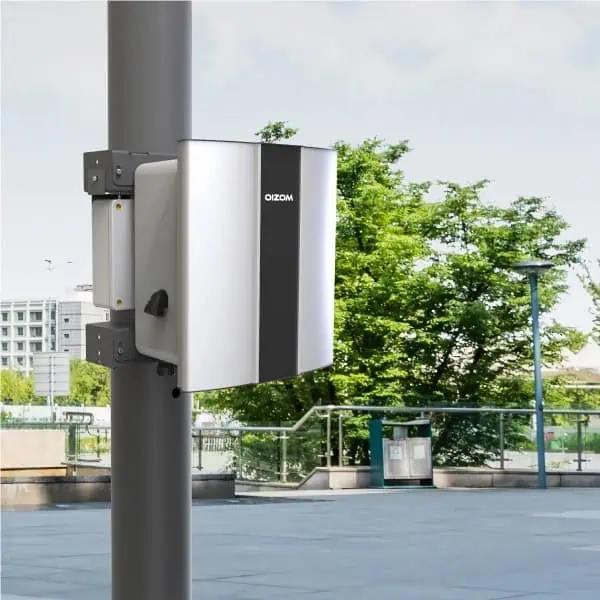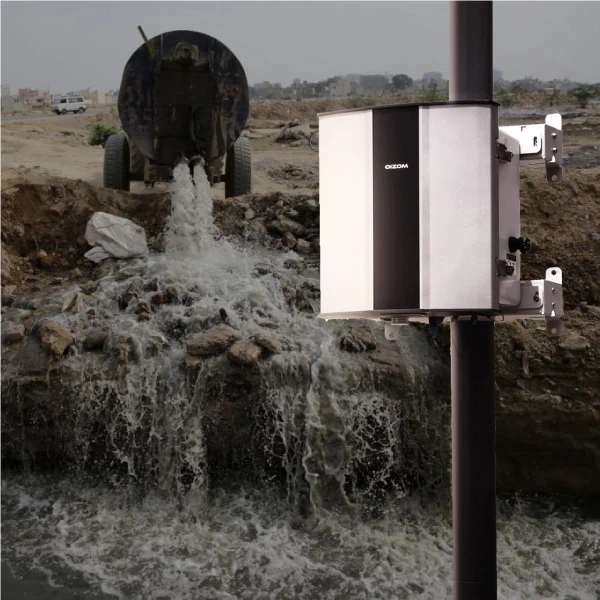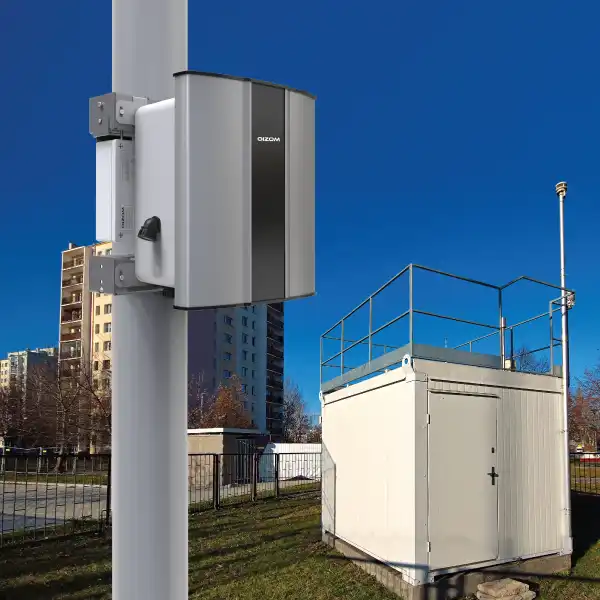10 Key Takeaway Points:
- Data Analytics Unlocks Insights: Turning vast air quality data into actionable insights is essential for effective air quality management.
- Advanced Techniques for Better Understanding: Analytical methods like time series analysis and machine learning help reveal pollution trends and predict future patterns.
- Improved Decision-Making: City planners and businesses can use analytics to make informed, environmentally friendly decisions that reduce air pollution.
- Pollution Source Identification: Analytics can pinpoint pollution hotspots and sources, enabling targeted mitigation strategies.
- Real-Time Recommendations: Mobile apps can use real-time air quality data to help individuals minimize their exposure to harmful pollutants.
- Regulatory Compliance: Analytics ensures that air quality data interpretation aligns with environmental standards, helping businesses avoid legal issues.
- Integrated Data for Deeper Insights: Combining air quality data with weather, traffic, and social data creates a comprehensive understanding of pollution dynamics.
- Predictive Analytics for Future Planning: Machine learning models allow predictive analysis, helping city planners anticipate the impact of projects on future air quality.
- Optimized Resource Management: Analytics aids in optimizing energy use and emissions controls, promoting more efficient operations.
- Accessible Data for All: Platforms like Envizom make air quality data easy to interpret and accessible, empowering professionals and the general public to take meaningful action.
The Role of Data Analytics in Interpreting Air Pollution Monitoring Results
Air pollution is a growing concern, affecting everything from public health to climate change. While monitoring air quality is a step forward, interpreting the massive data collected is where the real challenge lies. This is where data analytics steps in. In an age of numerous environmental challenges, access to air quality data is an essential first step in understanding the role that air pollution plays. Currently, only about half of the world’s countries produce air quality data, leaving over 1.4 billion people without access to government-sponsored air quality data.
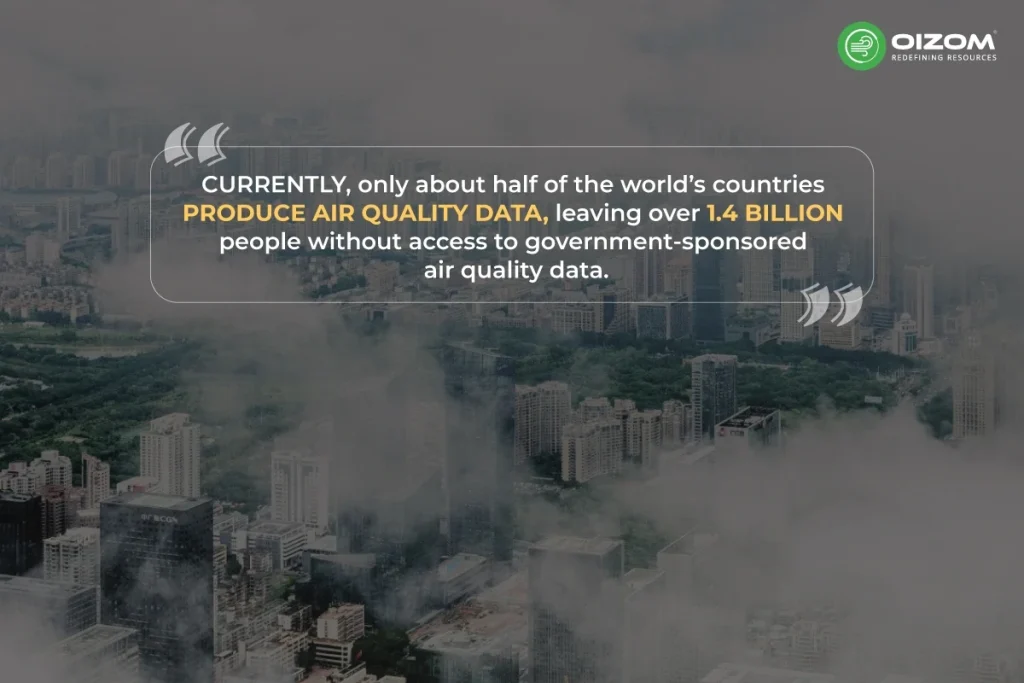
Using advanced analytical tools, we can make sense of air pollution trends, identify hotspots, and even predict future air quality patterns. Data analytics helps turn raw, complex data from air quality monitors into actionable insights. It can reveal hidden patterns, pinpoint sources of pollution, and highlight how different pollutants interact. Whether you’re a city planner or an environmental researcher, the power of analytics allows for smarter, data-driven decisions that can significantly improve air quality management. This blog will explore how data analytics is crucial in interpreting air pollution monitoring results.
How Data Analytics Transforms Raw Data into Actionable Insights
Data has become the new gold mine for firms in various industries. While gathering massive amounts of data is the first stage, the true value comes from extracting relevant insights to drive educated decision-making. Here, data analysts play an important role. They are the ones with the skills and knowledge to turn raw data into actionable insights that may help enterprises, organizations, and governments achieve their goals.
Key Analytical Techniques in Air Pollution Data Interpretation
Advanced methodologies must be used to identify patterns, trends, and relationships in air pollution data. Here are some important analytical approaches that are regularly used:
- Descriptive statistics use measurements such as mean, median, mode, standard deviation, and range to summarize data distribution.
- Correlation Analysis: Determine the intensity and direction of connections between various air pollutants or between air pollution and other factors (for example, meteorological conditions and socioeconomic indicators).
- Regression Analysis: Determine the relationship between a dependent variable (e.g., air pollution concentration) and one or more independent variables.
- Time Series Analysis: Examine data gathered over time to detect trends, seasonality, and other patterns. Commonly utilized techniques include ARIMA (AutoRegressive Integrated Moving Average) and SARIMA (Seasonal ARIMA).
The benefits of using data analytics in interpreting air pollution for businesses
The combination of modern analytics techniques with air quality data provides numerous advantages that have the potential to alter industries and improve quality of life.
- Data analytics helps you interpret monitoring results in a way that is consistent with regulatory norms. Some environmental monitoring devices give air pollution warnings, which is important if you wish to comply with environmental standards and prevent legal complications related to air quality violations.
- Machine learning can make individualized suggestions based on individual exposure to bad air quality. Mobile applications can use real-time air quality data to advise users when to engage in outdoor activities, reducing their exposure to dangerous pollutants.
Monitoring data analytics and air pollution helps you track environmental impact.
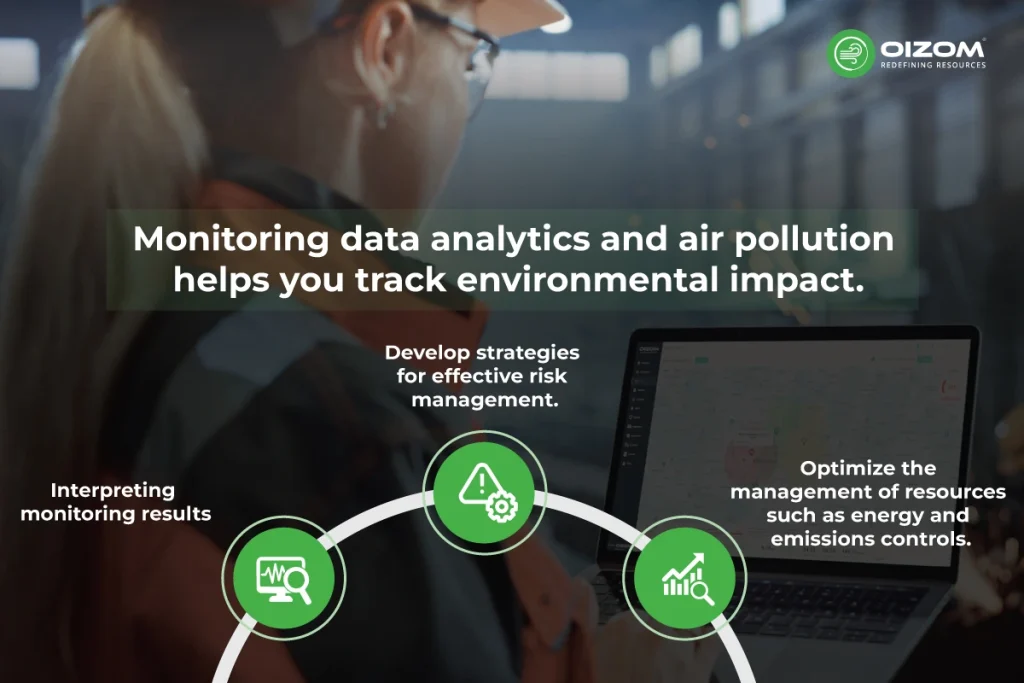
Air quality data can be enhanced by combining it with other datasets. Machine learning algorithms can combine air quality data with traffic, weather, and even social media sentiment analysis to create a more complete picture of air quality dynamics. For example, combining air quality data with weather information can aid in distinguishing between natural and manmade sources of pollution.
Were you aware of this? According to OpenAQ, wealthy countries and individuals provide little funding for air pollution management. Out of $150 billion donated by foundations each year, only 0.02% or $30 million goes to outdoor air quality, despite pollution’s serious health and economic impacts.
Interpreting monitoring results
The final step in studying your data is to interpret it. Data interpretation is the process of describing and contextualizing the significance and implications of your data analysis findings. You can interpret your data using various sources and frameworks, including literature reviews, theoretical models, policy guidelines, and stakeholder comments. Data interpretation lets you consolidate and explain your findings, assess your limitations and uncertainties, and offer recommendations and solutions to your air quality issues.
Let me give you a better understanding of this: Predictive analytics, supported by machine learning, allows for more informed decisions. For example, city planners can utilize predictive models to estimate the influence of urban growth projects on future air quality, allowing them to make more sustainable and environmentally friendly decisions.
Develop strategies for effective risk management.
Risk management is an important part of every business or organization. It entails discovering, assessing, and managing any dangers that could harm operations, money, or reputation. Here are some excellent risk-management strategies:
- Identify Potential hazards: Conduct a complete risk assessment to identify all possible internal and external hazards. This encompasses operational, financial, strategic, reputational, and regulatory risks.
- Assess Risk Probability and Impact: Determine the likelihood of each risk occurring and the probable consequences. This will help prioritize risks and deploy resources more effectively.
- Prioritize hazards: Based on the risk assessment, rank hazards according to their likelihood and impact. Address high-priority threats first.
- Develop mitigation strategies: Develop precise measures to mitigate each risk. This could include avoiding the risk, lowering its probability, mitigating its impact, transferring it (for example, through insurance), or accepting the risk.
Optimize the management of resources such as energy and emissions controls.
Optimizing resource management for energy and emissions control involves implementing techniques that reduce energy use, lower emissions, and increase overall efficiency.
- Energy Audits: Conduct frequent energy audits to identify sources of waste and inefficiencies.
- Invest in energy-saving equipment like LED lights, high-efficiency motors, and modern HVAC systems.
- Building Automation: Use building automation technologies to optimize energy consumption depending on occupancy and environmental factors.
- Renewable Energy: Consider incorporating renewable energy sources like solar or wind power into your operations.
Conclusion
In short, data analytics makes understanding air pollution easier and more effective, especially with platforms like Envizom. By analyzing air quality data, it helps identify pollution sources, track patterns, and provide insights that lead to smarter decisions. Tools like machine learning even allow us to predict future pollution levels and tackle issues before they worsen. Combined with the Best Outdoor AQI Monitors, which capture accurate real-time environmental data, solutions like Envizom turn complex numbers into clear visuals and easy-to-read reports. This makes the data becomes accessible to everyone, from city planners to everyday people. So they can take action to improve air quality. In a world overflowing with data, using analytics through platforms like Envizom to monitor air pollution isn’t just a tech tool. It’s great to achieve a real difference for our future.

